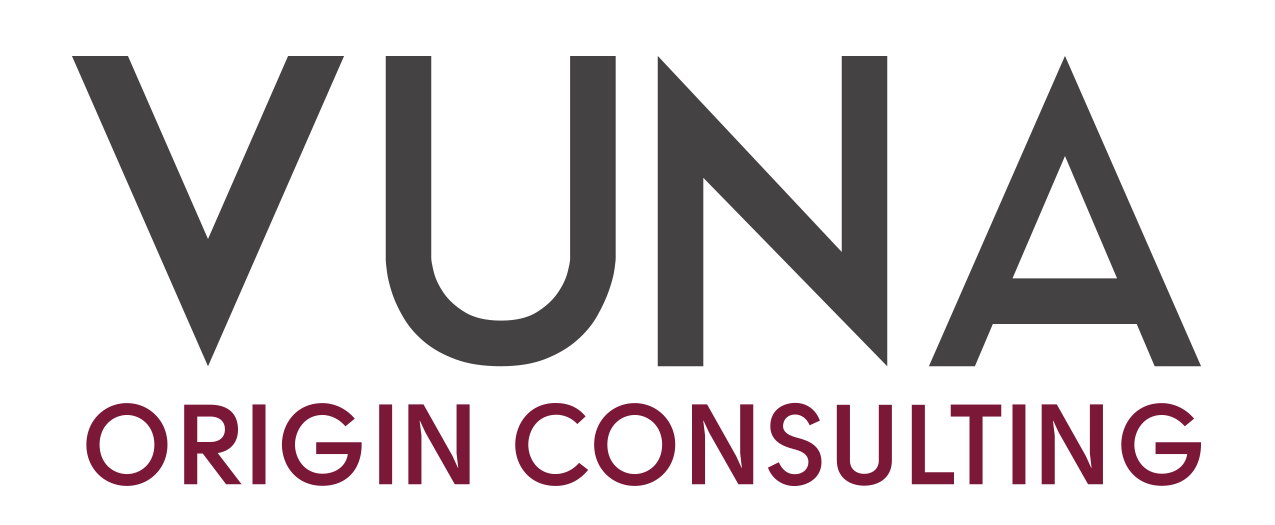Master the Art of Green Coffee Sales (1): Seller's Guide for Specialty Coffee Markets
By Bram De Hoog
In the new Vuna Coffee School course “A sellers Guide to Specialty Coffee”, we look at the many different layers the specialty coffee industry has and how they differ among continents.
To do this effectively we first dissect what exactly we understand under specialty coffee and which key elements to consider. Finally, we practise the development of a market entry strategy to put in the work and start selling specialty coffee like crazy.
Join us in this blog post to get an idea of the topics we address in the course.
Understanding specialty coffee
To be truly successful in selling specialty coffee it is fundamental to understand its many different elements. Commodity and specialty coffee don’t only differ through cup score, they also differ wildly in terms of how, when and where it is traded. Additionally, specialty coffee is a global movement, a subculture. To understand it fully it is important to be fully immersed in it and familiarise yourself with its many different elements. Knowing a thing or two about brewing and roasting coffee can help you greatly to engage in deeper conversations with the fans of your coffee.
So, what is specialty coffee?
Specialty coffee is everything that is not commodity coffee. In terms of green coffee it is a product that cannot easily be replaced because of its extraordinary quality, its symbolic added value or certifications. In an ideal world it’s a combination of many unique factors.
How & when specialty coffee is traded?
At times, specialty coffee market could overlap with commodity coffee market - it depends a lot of the size of your client and their intentions. Each region of the world may differ too. In an ideal situation it is traded based on the unique characteristics we mentioned before, without too much influence from the C-market.
To approach this topic from a holistic point of view, we focus on a sound market access strategy that address 8 big topics
Market Analysis: Create an overview for yourself to line out your knowledge of the market.
Product Offering (Portfolio): Define the products you have available to sell in this market.
Product Positioning & Differentiation: Imagine how you convince clients to work with you.
Marketing & Promotion: How do clients find you?
Entry Mode: Mark your preferred entry mode or modes and explain why.
Regulatory & Compliance Considerations: Ensure you deliver correctly and on time.
After Sales Management: Define how you ensure long-lasting relationships
Evaluation & Risk Assessment: Define how you internally measure the success and risks of the market entry.
It is worth noted that some specialty coffee is traded prior and during the harvest period: these are usually the grades that are bought in larger container volumes. When speaking specifically of smaller microlots, they are usually sold after they are harvested, processed and dried. This causes quite a short time frame to sell from origin as you don’t want to keep stock too long and miss out of the shipping window. This is why timing is essential when selling green coffee. At the destination importers also warehouse specialty green coffee, here it can be sold up to a year after arriving.
Location matters
The trading of specialty coffee happens all along the supply chain. However when looking at smaller scale specialty coffee roasters they will be most accustomed to buying ‘spot’ from our warehouse at their destination region. The market you can target will be very dependent on your logistical set-up. Selling at each step of the way will have advantages and disadvantages, picking your point of sale is essential to be successful.
In the “A Seller’s guide to Specialty Coffee” course, we dive into all these topics in depth and further explore how consumer, roaster and importer trends influence these elements. In this global market you cannot work the same way everywhere, you might need to tweak and adapt to ensure success everywhere.
Building your market access strategy
Once you have analysed these topics you can start to work on your market access strategy. This document is key to plan ahead and keep yourself and your team accountable. With an increasingly competitive market place it is important to be efficient and effective in your sales efforts.
These topics can be tweaked for each market you are looking to access. At World of Coffee in Copenhagen we will host a live-session at Green Coffee Connect to build these strategies. Join us on Thursday 27th of June at 14:00 to learn more.
Stay tuned for the next and final episode in this blog series to get hands on tips on each topic!
